
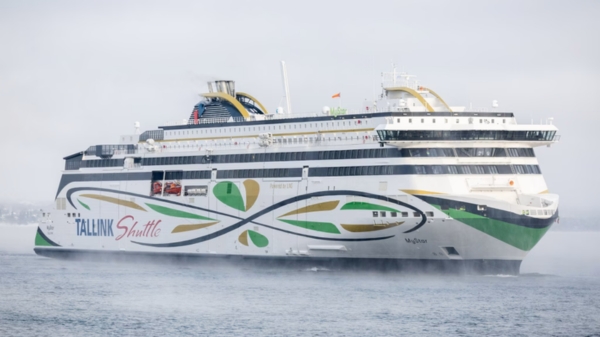
|
Tallink targets full bio-LNG transition for Baltic shuttle vessels within a year
Estonian ferry operator aims to replace all fossil LNG with renewable fuel on the Helsinki-Tallinn route. |
|
|
|
||
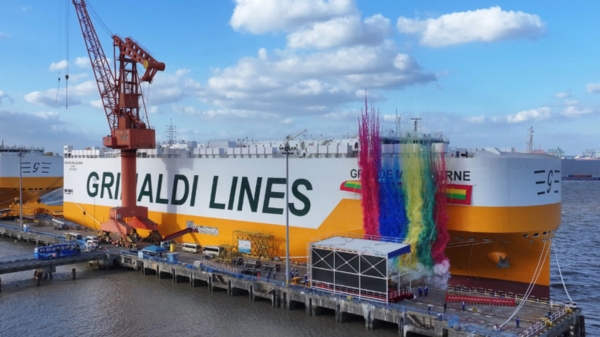
|
Grimaldi takes delivery of third ammonia-ready car carrier from Chinese shipyard
Grande Melbourne is the third of seven vessels ordered from Shanghai Waigaoqiao Shipbuilding for Asia-Europe service. |
|
|
|
||
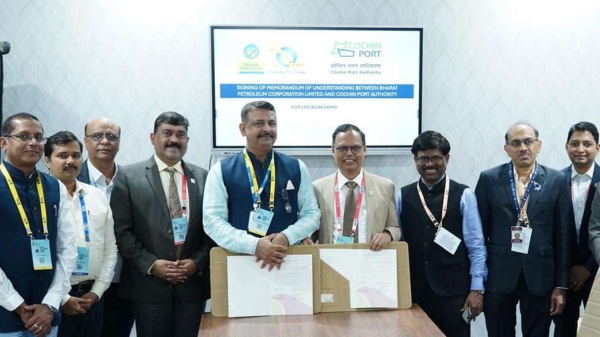
|
BPCL and Cochin Port sign MoU for LNG bunkering facilities
Indian oil company and port authority agree to develop LNG refuelling infrastructure for vessels. |
|
|
|
||
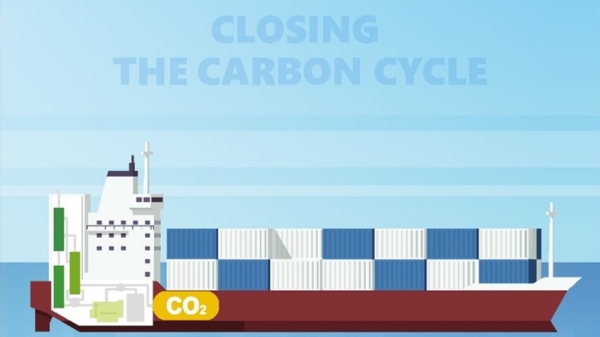
|
ClassNK publishes world-first guidelines for membrane-based onboard CO2 capture systems
Classification society expands guidelines to cover membrane separation method for capturing ship exhaust emissions. |
|
|
|
||

|
Flex Commodities hires April Tan as lead trader for China
Dubai-based marine fuels trader appoints experienced professional to Singapore office to drive regional expansion. |
|
|
|
||
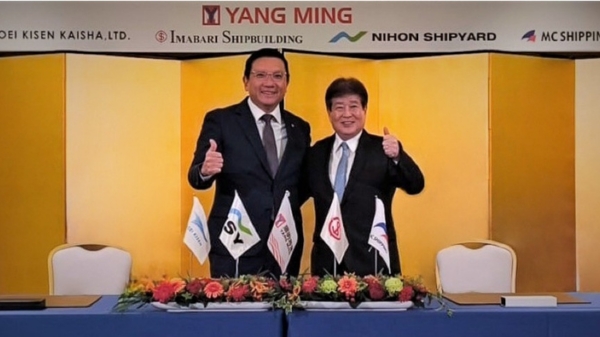
|
Yang Ming finalizes contracts for six methanol dual-fuel-ready boxships
Taiwanese carrier signs deals with Japanese shipbuilders for vessels scheduled for delivery from 2028. |
|
|
|
||
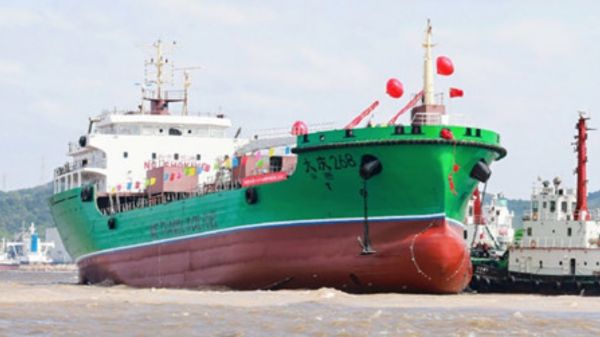
|
China's first newbuild dual-fuel methanol bunkering vessel launched in Zhoushan
Da Qing 268 can supply methanol and conventional fuels to ships at anchorage. |
|
|
|
||
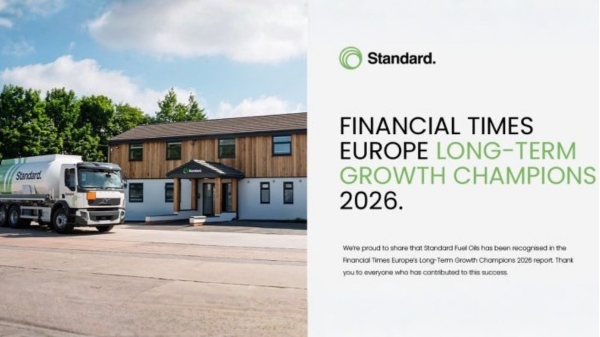
|
Standard Fuel Oils recognized in Financial Times Europe's Long-Term Growth Champions
Liverpool-based fuel supplier included in ranking of 300 European companies with sustained revenue growth. |
|
|
|
||
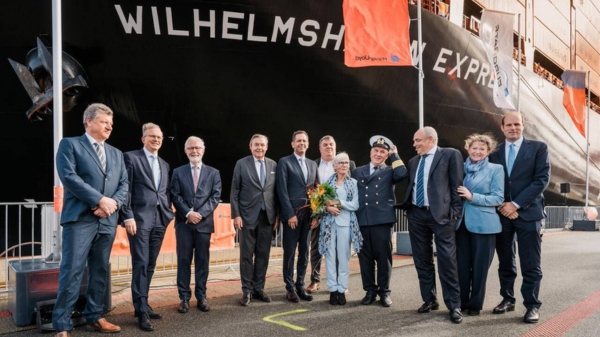
|
Hapag-Lloyd completes newbuild programme with delivery of dual-fuel vessel
German carrier christens Wilhelmshaven Express, marking completion of 12-vessel Hamburg Express class series. |
|
|
|
||
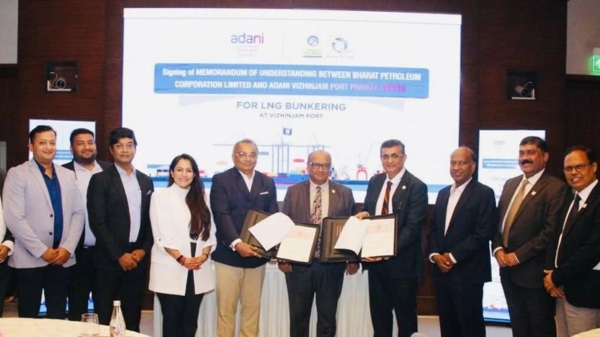
|
MoU signed to develop LNG bunkering facility at Vizhinjam
Partnership aims to establish LNG refuelling hub for international vessels at Kerala. |
|
|
|
||
| Monjasa explains how it uses questionnaires to improve quality [News & Insights] |
| Monjasa COO outlines firm's global approach to compliance [News & Insights] |
| Monjasa COO reflects on increased scrutiny from clients, banks and regulators [News & Insights] |
| Monjasa launches MOST global trainee programme [News & Insights] |
| Monjasa records 'steep increase' in Persian Gulf cruise ship volumes [News & Insights] |